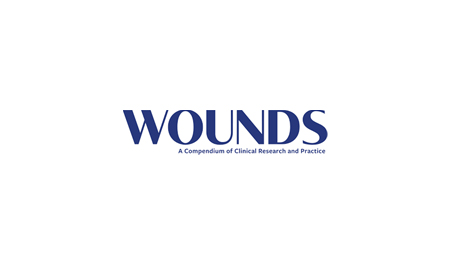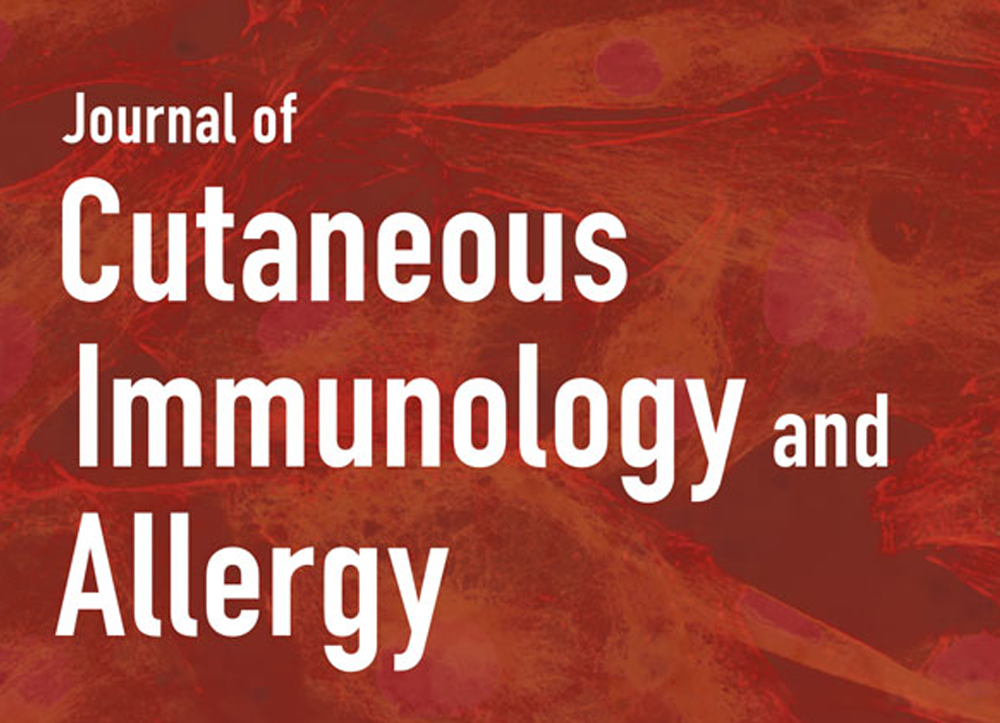ABSTRACT
Chronic wounds are a significant burden to global patient and healthcare infrastructures, and there is a need for better methods of early wound diagnosis and treatment. Traditional diagnosis of chronic wound infection by pathogenic bacteria, using clinical signs and symptoms, is based on visual inspection under white light and microbiological sampling (e.g. swabbing and/or biopsy) of the wound, which are subjective and suboptimal. Diagnosing microbial infection based on traditional clinical signs and symptoms in wounds of asymptomatic patients is especially challenging at the bedside. Bacteria are invisible to the unaided eye and wound sampling for diagnostic testing can cause unacceptable delays in diagnosis and treatment. To address this problem, we developed a new prototype handheld, portable fluorescence imaging device that enables non-contact, real-time, high-resolution visualisation of pathogenic bacteria and tissues in wounds. Herein, we report the clinical use of this imaging device in detecting subsurface heavy bacterial load and subclinical local infection in an asymptomatic 50-year-old patient with a non-healing diabetic foot ulcer.
















